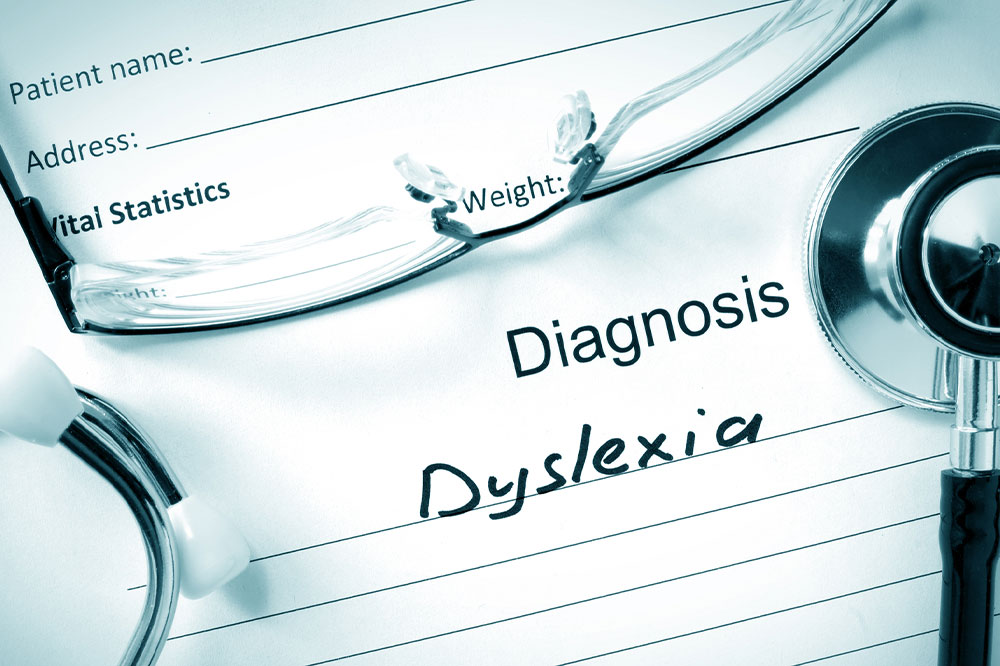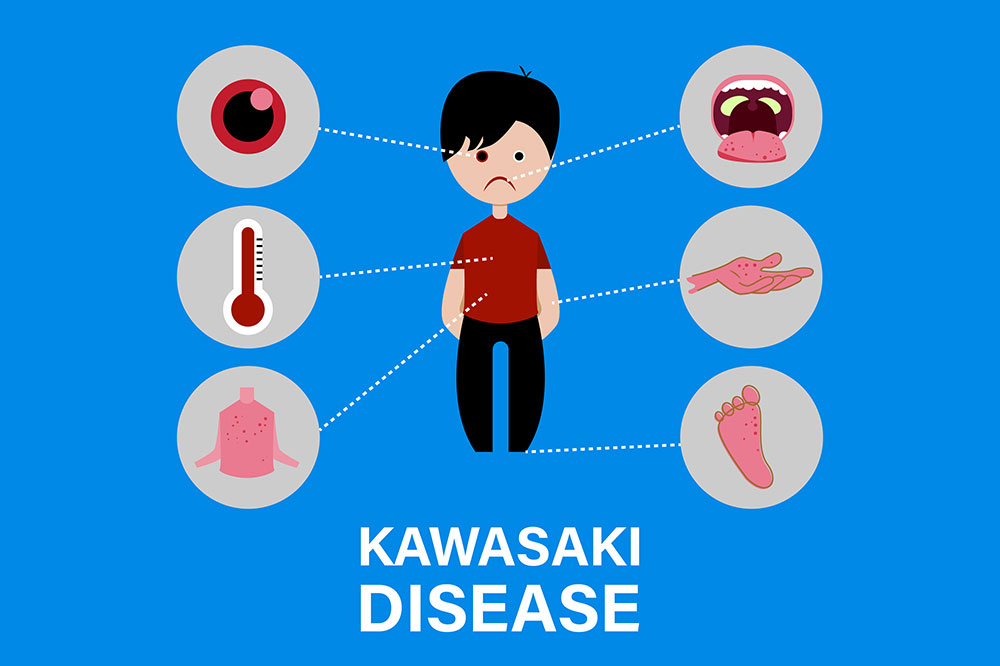Comprehensive Guide to Dyslexia: Causes, Symptoms, Diagnosis, and Support Strategies
This comprehensive article explores dyslexia in depth, covering its causes, early signs, diagnosis procedures, and effective support strategies. It emphasizes that dyslexia is a neurological condition that can persist into adulthood, but with proper intervention, individuals can improve their reading and comprehension skills significantly. The article highlights the importance of early detection, the role of genetics and brain processing irregularities, and discusses evidence-based teaching methods and assistive technology to assist those affected. By understanding dyslexia, educators, parents, and individuals can better navigate challenges and unlock potential.

Comprehensive Guide to Dyslexia: Causes, Symptoms, Diagnosis, and Support Strategies
Dyslexia is a complex learning disorder that primarily affects an individual's ability to read fluently and accurately. It is characterized by difficulties in decoding words, which can hinder reading comprehension, spelling, and writing skills. While many associate dyslexia with children, it is a condition that can persist into adulthood, impacting various aspects of personal and professional life. Understanding its root causes, recognizing early symptoms, and knowing how to diagnose and support individuals with dyslexia are crucial steps toward effective management and improved quality of life.
What Causes Dyslexia?
The origins of dyslexia are multifaceted, involving both genetic and environmental factors. Extensive research indicates that dyslexia often runs in families, suggesting a hereditary component. If a parent or sibling has dyslexia, the likelihood of another family member being affected increases significantly. The genetic basis points to specific genes related to brain development and neural processing associated with reading and language skills.
In addition to genetics, neurological and brain processing irregularities are believed to contribute substantially to dyslexia. Brain imaging studies have identified differences in the left hemisphere, particularly in areas responsible for phonological processing—the ability to recognize and manipulate sounds within words. These differences hinder typical reading development. Injuries or neurological conditions that impact these areas can also lead to similar reading challenges.
Environmental factors may influence the severity and manifestation of dyslexia but are not primary causes. For example, quality of early education, exposure to language, and literacy-rich environments can shape how dyslexia presents or manifests. Emotional factors, such as stress or anxiety, can exacerbate difficulties but do not cause dyslexia itself.
Importantly, dyslexia is not linked to intelligence or motivation levels. Many individuals with dyslexia possess high IQs and demonstrate exceptional creativity, problem-solving skills, and resilience. This underlines the importance of recognizing dyslexia as a neurobiological condition rather than a result of laziness or lack of effort.
Several theories attempt to explain the underlying mechanisms of dyslexia, including deficiencies in phoneme processing—the fundamental units of sound in language—and neurotransmitter imbalances that affect neural communication. Despite ongoing debates, consensus affirms that dyslexia is a neurological disorder requiring targeted support rather than attempts to 'fix' the individual’s intelligence or motivation.
Recognizing Signs and Symptoms of Dyslexia
Early identification of dyslexia is crucial for effective intervention. Common signs in young children include difficulties recognizing sounds within words (phonemic awareness), which impairs their ability to decode new words. Reversals of letters and numbers, such as confusing 'b' and 'd' or reading 'w' as 'm', are frequently observed among early learners.
Other signs include slow and labored reading, frequent spelling errors, trouble rhyming words, and difficulty segmenting multi-syllable words. Children may also struggle with learning the alphabet, or with speech development and phonological awareness—skills critical for reading acquisition. Some children take longer to follow verbal instructions or demonstrate inconsistent reading and writing abilities, which can persist unnoticed until schooling becomes more challenging.
As dyslexia varies in severity, some individuals might adapt well without overt signs, while others experience significant academic difficulties. Recognizing these early indicators allows parents, teachers, and caregivers to provide appropriate support and accommodations.
How is Dyslexia Diagnosed?
Diagnosis of dyslexia is nuanced, as its symptoms overlap with other learning disorders. There are no definitive single tests; instead, comprehensive evaluations are performed by specialists including psychologists, speech-language therapists, and educational professionals. These assessments analyze a range of skills such as reading fluency, decoding ability, spelling, comprehension, and phonological processing.
The diagnostic process involves observing the individual's performance in structured reading tasks, reviewing educational and developmental history, and assessing behavioral aspects. Family history is also important, given the genetic component. Sometimes, multiple assessments over time are necessary to accurately diagnose dyslexia and distinguish it from other learning challenges.
While dyslexia cannot be cured, evidence-based teaching methods and supports can significantly improve literacy skills. Multisensory instruction, which integrates visual, auditory, and tactile learning strategies, is especially effective. Techniques involve using letter tiles, visual cues, rhythm, and hands-on activities to reinforce learning.
Personalized tutoring focused on strengthening phonological awareness and decoding skills can help individuals overcome reading obstacles. Assistive technology tools—like text-to-speech software, audiobooks, and specialized reading apps—are invaluable resources that facilitate independent learning and comprehension.
If there is suspicion of dyslexia in a child or adult, consulting qualified educational psychologists or healthcare professionals is essential. Proper evaluation not only confirms the diagnosis but also guides tailored intervention plans that optimize learning outcomes and boost confidence.
In summary, understanding dyslexia—its causes, signs, and effective diagnosis—is the first step toward providing individuals with the support they need to succeed academically and professionally. Early intervention, personalized strategies, and technological aids transform challenges into opportunities for growth and achievement.





